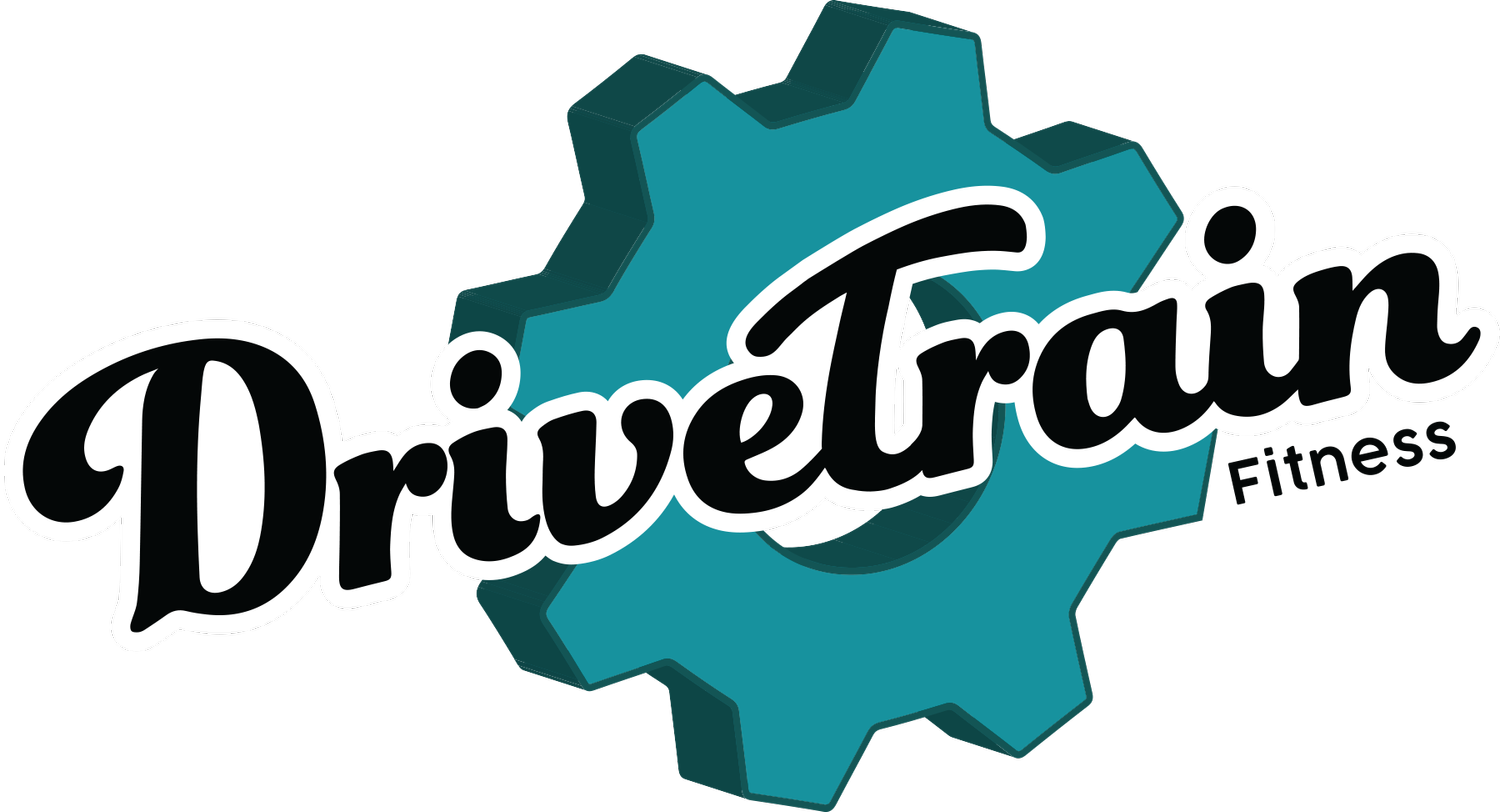Fast vs. Slow Twitch Muscle
Fast Twitch versus Slow Twitch muscle fiber: A brief overview and how the Lagree Method fits into athletic training
There are three types of muscular tissue found in the human body:
Cardiac muscular tissue is isolated to the heart and contraction from the heartbeat forces blood flow to the body.
Smooth muscle (non-striated/involuntary) is found in the hollow and glandular organs such as the intestines, bronchiole tubes and stomach that typically are associated with more rhythmic type contractions/movements such as found in peristalsis.
Skeletal muscular tissue (striated or voluntary) is anchored by bones and performs the movements associated with the physical processes of the gross anatomy that are able to perform work in a push/pull sense.
There are two types of skeletal muscular tissue:
Slow twitch (Type I): skeletal muscle fibers that, due to a higher concentration of mitochondria and myoglobin are better suited to produce longer term and less forceful contraction typically associated to endurance and repetitive activities such as running, cycling and swimming. Type I tissue is more resilient to fatigue in the aerobic settings.
Fast twitch (Type II) : skeletal muscle fibers have a lower amount of mitochondria, myoglobin and capillary concentration and thus more susceptible to fatigue with repetitive activation. These fibers are; however, very capable or producing bursts of greater and quicker force. Powerlifting, sprinting and jumping are activities that activate Type II skeletal muscle tissue.
The Lagree Method and the Megaformer. Those who have done Lagree workouts are familiar with the slow and controlled cadence that movements are performed while in class. The spring resistance found on the Megaformer helps keep constant resistance and sequester slow twitch muscle fiber within the body areas being worked. The constant tension stimulates the muscular tissue and helps condition the cells to better resist fatigue and grow in size for more forceful and sustained periods of contraction. Through continuous and regular Lagree training the muscular growth (hypertrophy) and conditioning help users in associated aerobic activities such as running, cycling, swimming, etc.. Research has also shown individuals that undergo 20 minutes of continuous slow twitch muscle activation leads to increased metabolism over the 48 hours following exertion. Increased metabolism is of course beneficial in the sense that calories burned in the post-exertion periods are higher than found in basal metabolic states.
Luke Jasso
